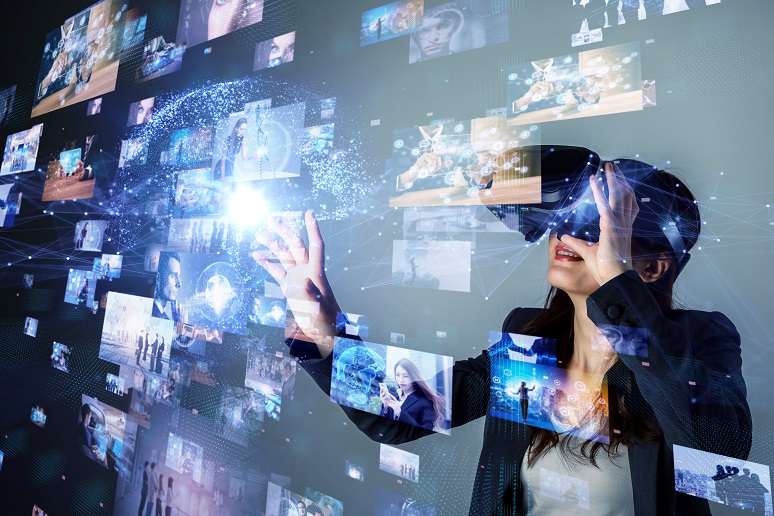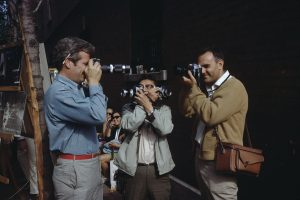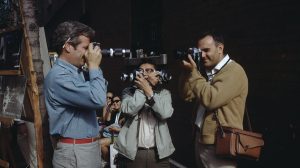In the ever-evolving world of technology, camera technology is no exception. From its humble beginnings as a light-sensitive chemical process to the sophisticated digital cameras of today, the camera has continuously advanced. However, the future of camera technology promises even more transformative changes, with two groundbreaking developments at the forefront: holographic imaging and augmented reality (AR). These innovations are set to reshape our relationship with imagery and reality itself.
Holographic Imaging: A Leap Beyond 3D
Holographic imaging takes 3D technology to an entirely new dimension. Unlike conventional 3D, which relies on the illusion of depth on a flat surface, holography captures and reproduces the three-dimensional properties of an object in space. This technology utilizes laser beams to record and reproduce light waves, allowing for the recreation of objects with depth, texture, and realism previously thought unattainable.
The applications of holographic imaging are vast. Medical professionals are exploring its use for more immersive and accurate diagnostics, and in education, holography could revolutionize the way students learn by bringing history, science, and art to life. In entertainment, holographic displays promise to deliver truly immersive experiences, making 3D movies seem archaic in comparison. Holographic photography and videography will enable viewers to experience events as if they were right there.
Augmented Reality: Blending the Real and Digital Worlds
Augmented reality (AR) is already part of our lives, thanks to mobile apps like Pokémon GO and Snapchat filters. However, the future of AR technology is far more ambitious. With AR glasses and headsets, we are moving toward a seamless blending of the real and digital worlds.
AR technology enhances our perception of the world by overlaying digital information onto the physical environment. For photographers and videographers, this means capturing not just moments but immersive experiences. Imagine walking through a historical city, and your camera shows you historical figures reenacting scenes from the past through your AR display. Or, as you photograph a flower, your camera identifies it and provides a wealth of information in your viewfinder. In the world of journalism, AR will enable readers to step into news stories and interact with the subjects, bridging the gap between viewers and events.
The Convergence: Holo-Photography and AR
The convergence of holographic imaging and augmented reality has the potential to revolutionize not only how we capture images but how we interact with them. Holo-photography, or the art of capturing holographic images, is poised to become a new dimension of photography. When combined with AR devices, the possibilities are boundless. Imagine taking a picture, and instead of viewing it on a flat screen, you can step into the image, explore it from different angles, and interact with its content.
Holo-photography and AR have the potential to redefine communication. Imagine sending a holographic message to a loved one, allowing them to experience your surroundings in real-time as if they were there. Professionals, from architects to engineers, will use these technologies to collaborate in new ways, visualizing complex projects and designs in three dimensions.
The Ethical and Privacy Implications
As with any emerging technology, the rise of holographic imaging and AR raises ethical and privacy concerns. The ability to manipulate and augment reality presents challenges regarding the authenticity of imagery and the potential for misuse. Striking the right balance between innovation and safeguarding privacy and truth will be a crucial aspect of the development of these technologies.
Conclusion: A New Era in Imaging
The future of camera technology, with holographic imaging and augmented reality at its core, promises a new era in imaging and perception. It will expand our understanding of what it means to capture moments, and it will enable us to explore, create, and interact with images in ways previously reserved for science fiction. As these technologies continue to evolve, they will redefine our relationship with photography, opening doors to a world where reality and imagination seamlessly coexist. The camera, once a mere tool, is becoming the gateway to a new dimension of storytelling and visual expression














Add Comment